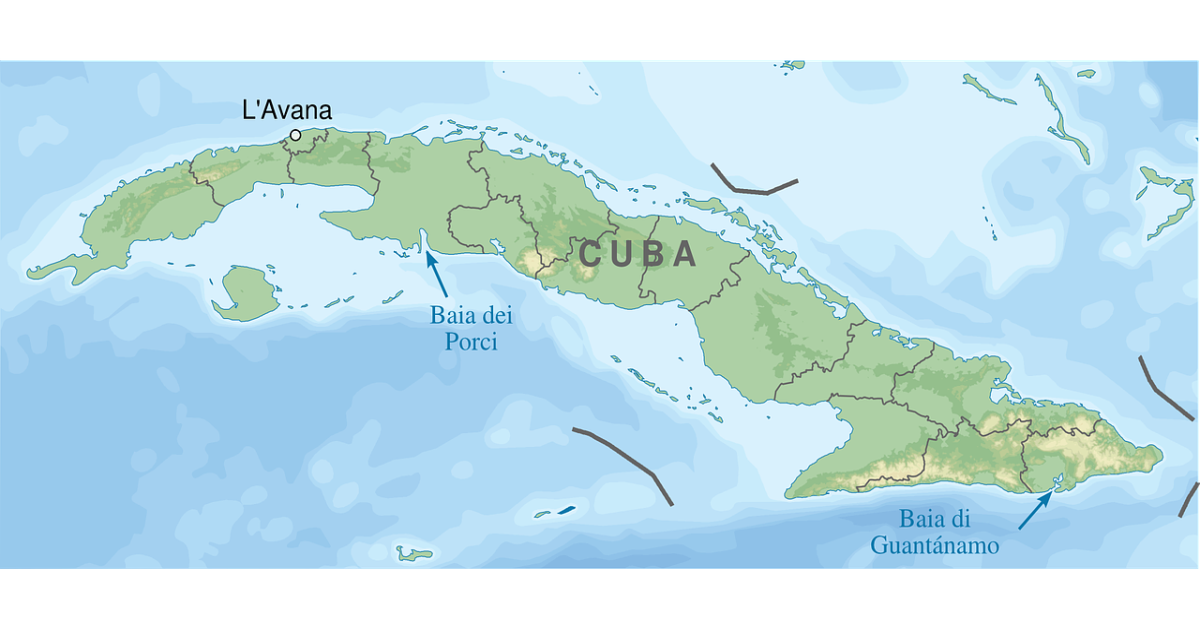About Cuba:
Fun and unique facts about Cuba that you should have a look at, scroll down to have full insight into the article.
Cuba is a fascinating country with a rich history, vibrant culture, and beautiful landscapes. There are many interesting and fun facts about Cuba that highlight its unique characteristics and traditions. For example, Cuba has a well-developed healthcare system and high literacy rates, making it one of the most educated countries in the world. Its music and dance scene are world-renowned, with styles such as salsa, rumba, and cha-cha-cha originating in Cuba. Cuba’s diverse cuisine is also famous, with dishes such as ropa vieja and lechón Asado being popular both in Cuba and around the world. The country’s unique history, including the Cuban Revolution and the Bay of Pigs invasion, has shaped its culture and politics. Despite facing many challenges, Cuba remains a fascinating and welcoming destination for tourists from around the world.
20 most interesting and fun facts about Cuba:
- Cuba is located in the Caribbean Sea, just south of the United States and east of Mexico.
- The island of Cuba is divided into 15 provinces and one special municipality (the Isle of Youth).
- Cuba has a population of over 11 million people, with Havana being the most populous city.
- The literacy rate in Cuba is over 99%, making it one of the most literate countries in the world.
- Cuba has a tropical climate with two distinct seasons: a wet season from May to October and a dry season from November to April.
- Cuba is known for its beautiful beaches, with Varadero Beach being one of the most popular tourist destinations.
- The Cuban Revolution, led by Fidel Castro, overthrew the government of Cuban dictator Fulgencio Batista in 1959.
- Cuba has a socialist government and a planned economy, with the state owning and controlling most of the means of production.
- Cuba has a rich cultural heritage, with a mix of African, Spanish, and indigenous influences.
- Cuban cuisine is a fusion of Spanish, African, and Caribbean flavors, with dishes such as ropa vieja, Moros y Cristianos, and lechón Asado being popular.
- Cuba is home to the second-largest coral reef system in the world, the Jardines de la Reina (Gardens of the Queen).
- The Bay of Pigs invasion, an unsuccessful attempt by the CIA to overthrow Fidel Castro’s government, took place in Cuba in 1961.
- Cuba has a strong tradition of music and dance, with salsa, rumba, and cha-cha-cha being popular styles.
- The Malecón, a seaside promenade in Havana, is a popular gathering spot for locals and tourists alike.
- Cuba has a well-developed healthcare system, with a high number of doctors per capita and a focus on preventative medicine.
- The Cuban Missile Crisis, a tense standoff between the United States and the Soviet Union over Soviet missiles in Cuba, took place in 1962.
- Cuba has a rich literary tradition, with authors such as José Martí, Alejo Carpentier, and Ernest Hemingway (who lived in Cuba for many years) being well-known.
- The classic American cars seen on the streets of Cuba are a result of the US embargo on Cuba, which has made it difficult for Cubans to import new cars.
- Cuba has a low crime rate, with tourists generally safe to travel throughout the country.
- Baseball is the most popular sport in Cuba, with many Cuban players going on to have successful careers in Major League Baseball in the United States.
10 more Fun Facts about Cuba:
- The Cuban flag features three blue stripes and two white stripes, with a red triangle on the left side and a white star in the center.
- The world’s smallest bird, the bee hummingbird, is native to Cuba.
- The Cuban national anthem, “La Bayamesa,” was written in 1868 during the Ten Years’ War, which was a rebellion against Spanish colonial rule.
- The Cuban Revolution led to the nationalization of many industries, including sugar, tobacco, and mining.
- The Cuban Missile Crisis led to a thaw in relations between the US and Cuba, with a hotline established between the two countries to prevent future nuclear crises.
- Cuba has a vibrant art scene, with many famous artists such as Wifredo Lam, Amelia Peláez, and René Portocarrero hailing from the country.
- The Cuban education system is free and compulsory from the ages of 6 to 16, with many universities also offering free education.
- Cuba has a diverse range of ecosystems, including rainforests, mangrove swamps, and wetlands.
- The Cuban peso is officially pegged to the US dollar, although in practice it is traded at a lower value.
- Cuba is known for its revolutionary spirit, with Che Guevara and Camilo Cienfuegos among the most famous figures of the Cuban Revolution.
Is Cuba safe for traveling?
Cuba is generally considered a safe destination for travelers. Crime rates in Cuba are relatively low compared to other countries in the region, and violent crime against tourists is rare. However, as with any destination, it’s important to take common-sense precautions to ensure your safety.
Some tips to stay safe in Cuba include:
- Stay alert and aware of your surroundings, especially in crowded areas or at night.
- Avoid walking alone at night, especially in poorly lit areas.
- Keep your valuables such as passports, money, and electronic devices in a safe place and out of sight.
- Be cautious of pickpockets and scams targeting tourists, especially in popular tourist areas.
- Use registered taxis or official transportation services and avoid hitchhiking or taking rides from unlicensed vehicles.
- Follow local laws and customs, and be respectful of the Cuban culture and people.
It’s also important to note that the Cuban healthcare system is generally considered to be of a high standard. However, it’s still a good idea to have comprehensive travel insurance that covers medical emergencies and repatriation in case of illness or injury.

